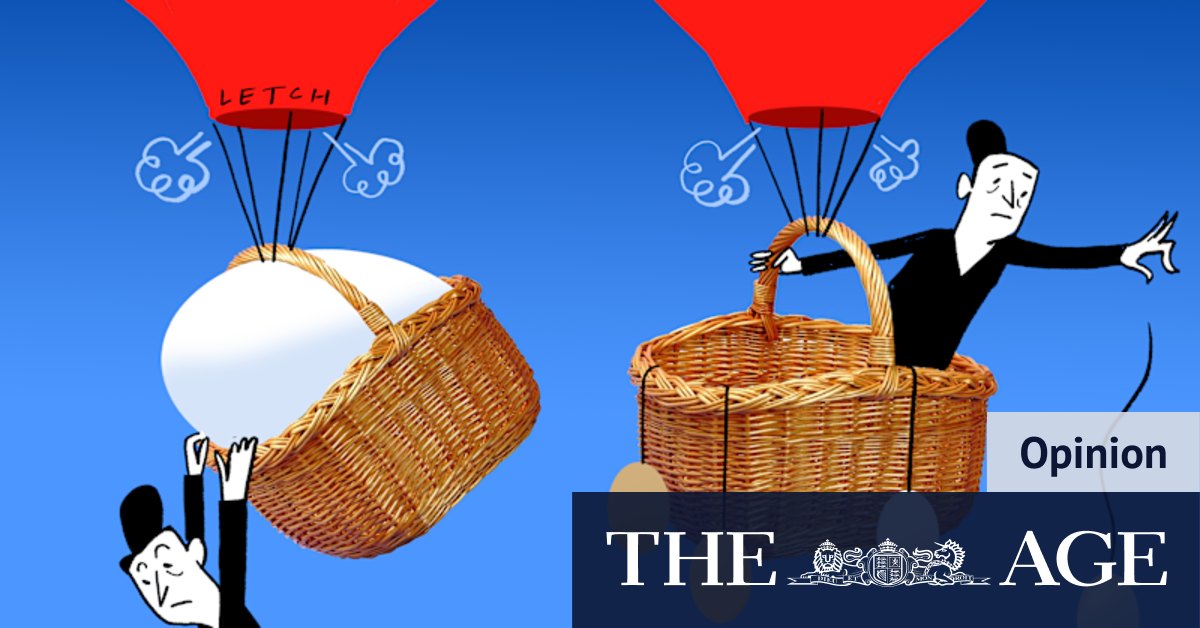In reality, all that matters to you is the price at which you buy, and the price at which you sell. How that price moves in between those two points is irrelevant. Ideally therefore, don’t look!
Products like ETFs (exchange-traded funds) are a great way to obtain sharemarket exposure, while also reducing risk through diversification. A single ETF might have hundreds or even thousands of individual companies represented within it, so you’re not reliant on the performance of a single company.
Via ETFs you can invest beyond Australia too, which is important given our market is fairly concentrated in banking and resources. And unlike property investment, there are no maintenance costs, land tax, or large stamp duty bills when you purchase.
You could also look at traditional managed funds which have the advantage of no brokerage to buy and sell. There are balanced and growth options, much the same as your super fund offers, so perhaps you could find something that offered the prospect of better returns than cash in the bank but also let you sleep easy at night.
I suggest you steer clear of individual stocks. Even the pros struggle to beat the market average over the long term, so the chances of you faring better are slim. Some sort of fund solution is likely to give you a smoother journey.
In among the reporting on the extra tax for those with more than $3 million in super (which is not relevant to me), there was passing reference to changes for low-income earners. But I haven’t seen any detail on what those changes are. Can you please fill in that gap?
Loading
When we put money into superannuation it gets taxed at 15 per cent when it arrives in the fund. This is known as contributions tax. The broad proposition is that this is attractive relative to the tax you would have paid had the money instead gone out to you as part of your regular wage. This tax incentive helps compensate you for losing access to your money until you are aged 60-plus.
Most workers are on a tax rate of at least 30 per cent, and so the 15 per cent tax applied to the money that they deposit into super is indeed attractive in comparison. However, for those earning less than $45,000, their tax rate is only 16 per cent, so the 15 per cent tax on super contributions produces just a 1 per cent benefit for them.
To resolve this problem, the government has a scheme called the Low-Income Superannuation Tax Offset, which sees them make a payment to the super fund of low-income earners, to effectively offset their contribution tax. Those eligible thereby get to also enjoy a tax benefit on the money that they put into super.
The recent changes announced expand the eligibility and generosity of this scheme. The eligibility threshold has been increased from $37,000 to $45,000, which aligns with current income tax bands, and the maximum amount paid has increased from $500 to $810 per year.
Paul Benson is a Certified Financial Planner at Guidance Financial Services. He hosts the Financial Autonomy podcast. Questions to: paul@financialautonomy.com.au
Advice given in this article is general in nature and is not intended to influence readers’ decisions about investing or financial products. They should always seek their own professional advice that takes into account their own personal circumstances before making any financial decisions.
Expert tips on how to save, invest and make the most of your money delivered to your inbox every Sunday. Sign up for our Real Money newsletter.

